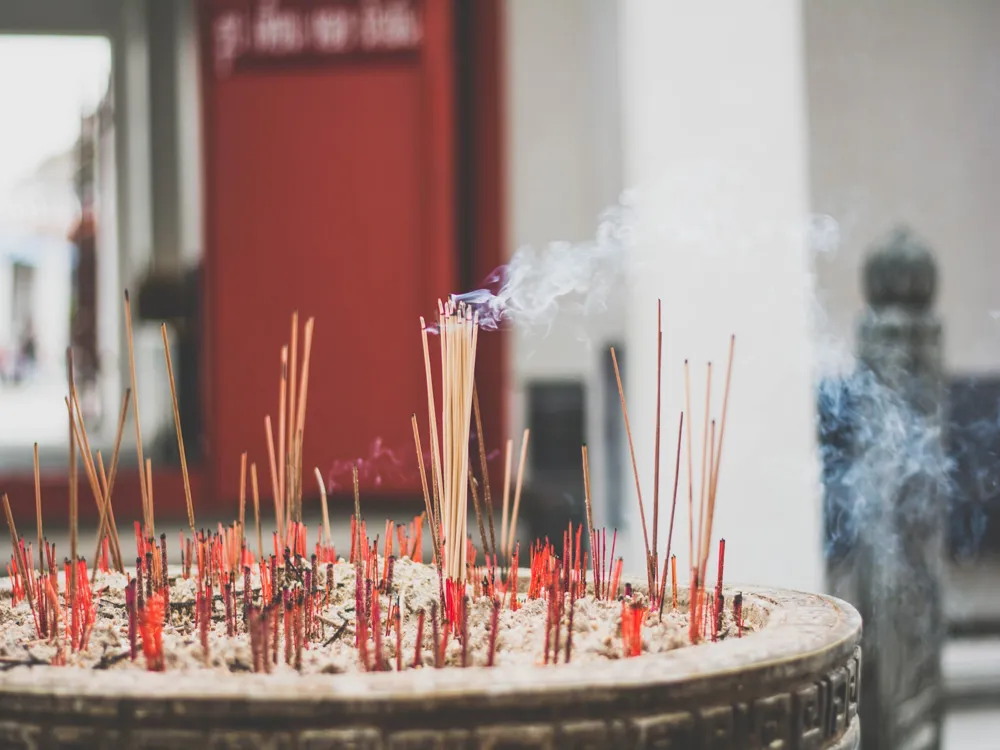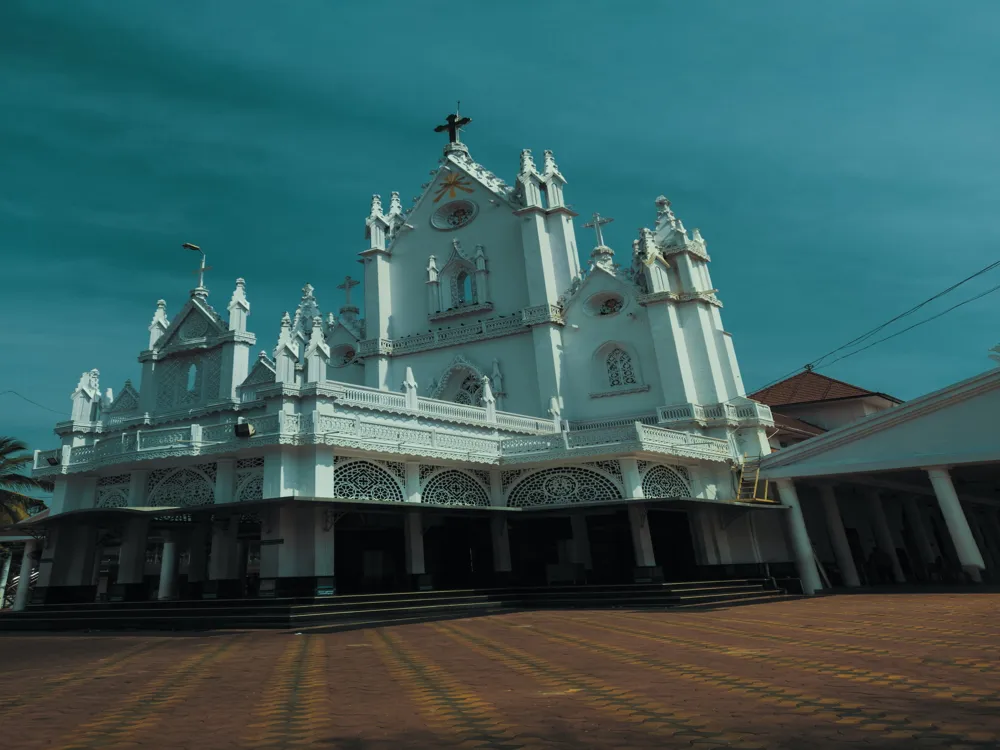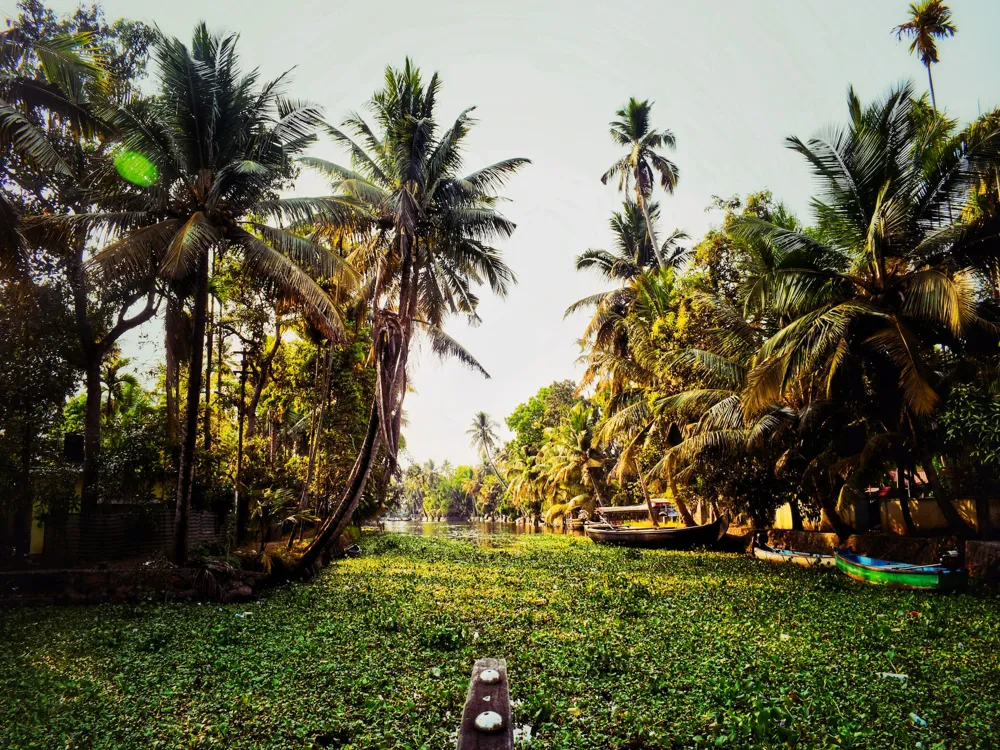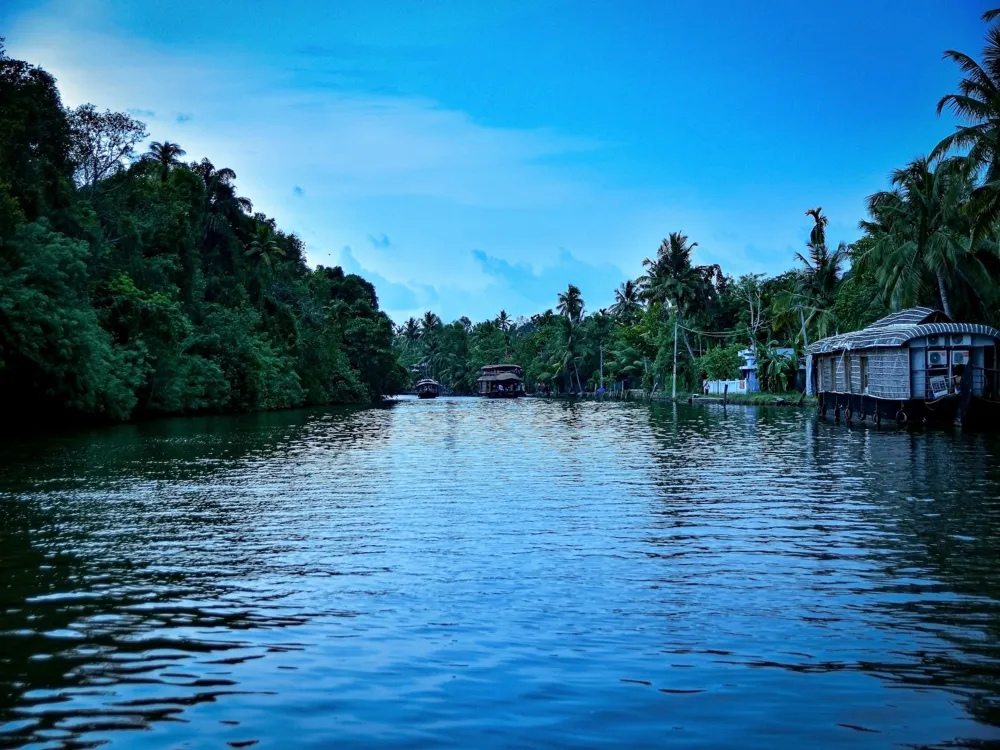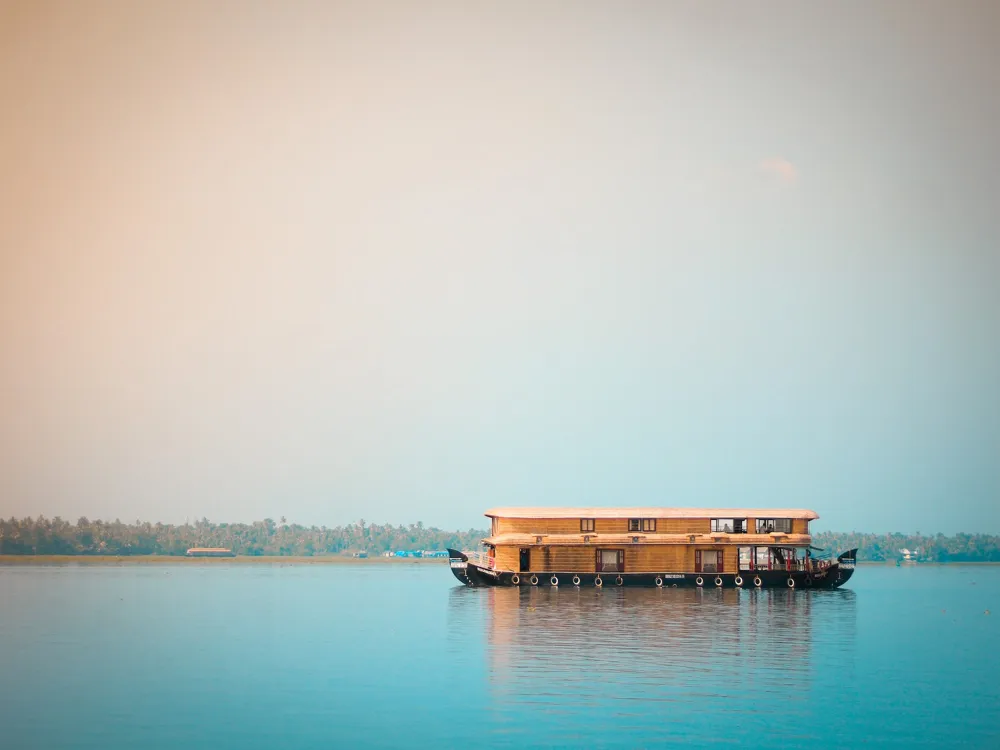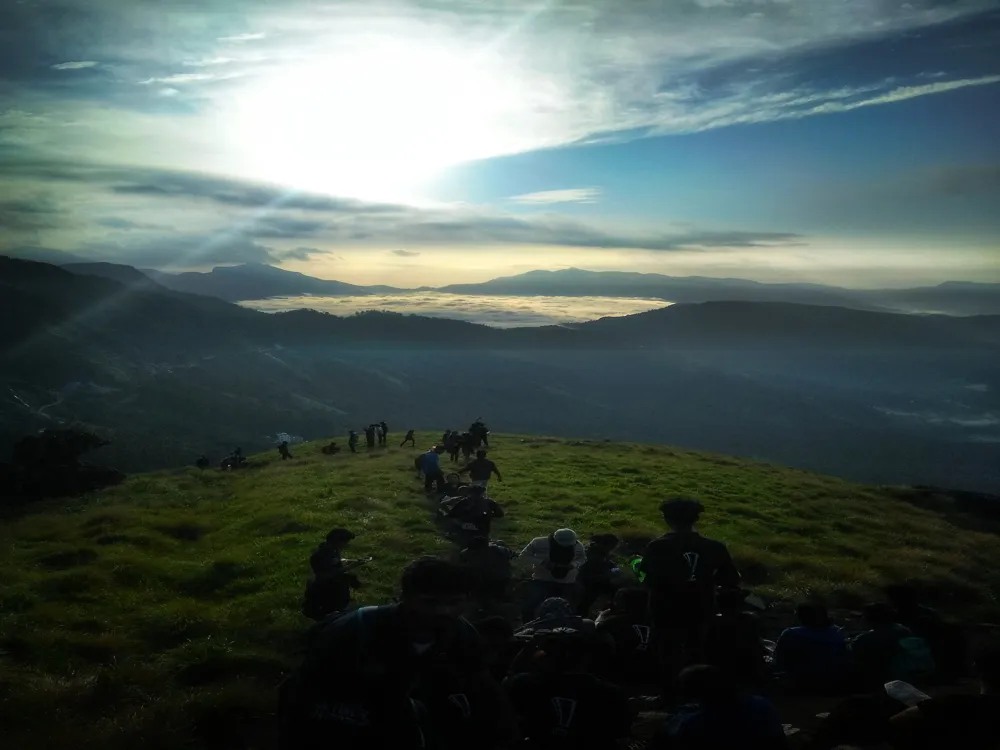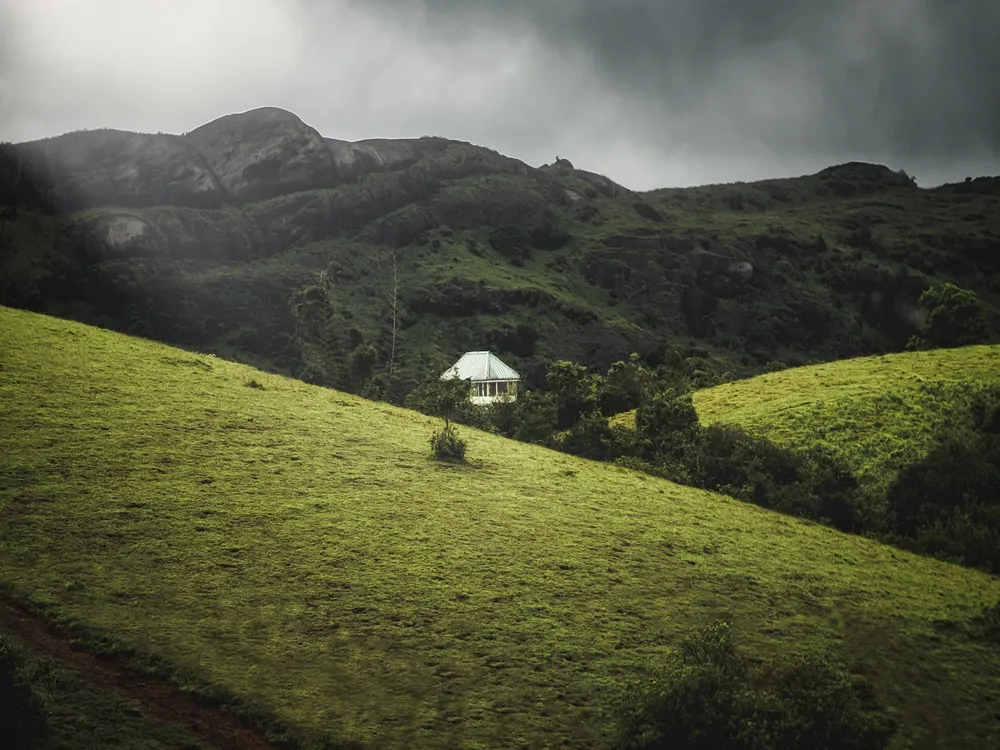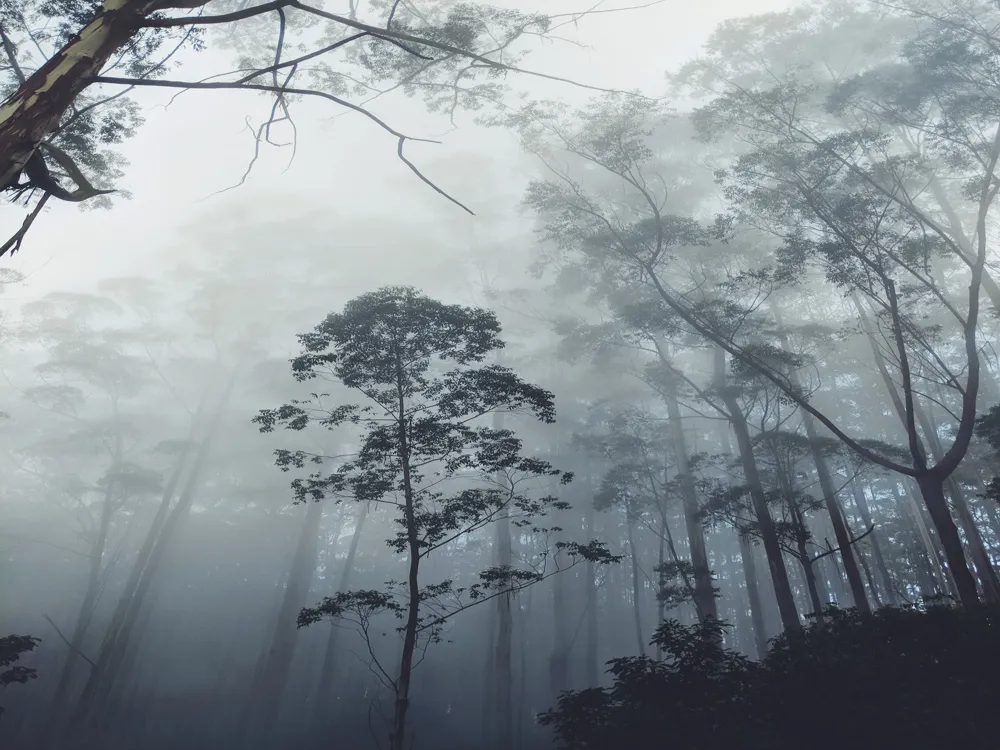Thangal Hill, a serene and picturesque destination located in Kottayam, Kerala, is a place of immense natural beauty and cultural significance. Nestled in the heart of Kerala, known as God's own country, Thangal Hill offers a unique blend of tranquility, spirituality, and panoramic views that attract thousands of visitors each year. This hill is not just a tourist spot; it's a journey through the rich tapestry of Kerala's natural splendor and a testament to the region's deep-rooted cultural and religious heritage. The name 'Thangal Hill' is derived from its historical and religious association with the revered Sufi saint, Umar Qazi, also known as Thangal. The area around Thangal Hill is steeped in legends and lore, with many believing it to be a place of spiritual power and healing. The hill itself rises majestically, commanding a breathtaking view of the surrounding landscapes – a mosaic of lush green paddy fields, winding rivers, and the distant Western Ghats. The journey to Thangal Hill is as mesmerizing as the destination itself. As you approach, the roads meander through quaint villages, spice gardens, and rubber plantations, offering glimpses of rural Kerala life. The air is fresh and fragrant, filled with the scents of nature and the sounds of local wildlife. Upon reaching the hill, visitors are greeted with a sense of peace and awe, as the panoramic vistas of Kottayam unfold before them. Thangal Hill is not just a place for sightseeing; it's a destination that offers a profound connection to nature and spirituality. Whether you're a nature lover, a photography enthusiast, a spiritual seeker, or just someone looking for a tranquil escape from the hustle and bustle of everyday life, Thangal Hill is a place that resonates with everyone. Its untouched beauty, combined with its spiritual ambiance, makes it a must-visit location in Kerala. The architecture of Thangal Hill is a harmonious blend of natural elements and man-made structures, reflecting the cultural and religious significance of the region. At the heart of Thangal Hill's architectural splendor is the mausoleum of Umar Qazi, an exquisite example of Islamic architecture blended with local Kerala styles. The mausoleum, a symbol of peace and unity, stands as a testament to the saint's legacy and his teachings of love, tolerance, and brotherhood. The structure of the mausoleum is characterized by its elegant dome, intricately designed minarets, and the use of traditional materials like wood and laterite stones. The dome, adorned with Islamic motifs and calligraphy, is a prominent feature that captures the essence of Islamic art and architecture. The minarets, soaring towards the sky, are not just architectural elements but also serve as beacons of light and guidance, symbolizing the spiritual elevation that Thangal Hill offers to its visitors. Surrounding the mausoleum are various other structures that contribute to the architectural beauty of Thangal Hill. These include small shrines, prayer halls, and a pond, each with its unique design elements and significance. The pond, in particular, is believed to have healing properties and plays a vital role in the rituals and traditions practiced here. The architecture of Thangal Hill is not only about the physical structures but also about how these structures blend seamlessly with the natural surroundings. The hill itself, with its rocky terrain and lush vegetation, forms a natural backdrop to the man-made creations, creating a picture-perfect setting. This harmonious coexistence of nature and architecture is what makes Thangal Hill a remarkable example of Kerala's architectural heritage. The ideal time to visit Thangal Hill is from September to March, during the cooler months. This period offers pleasant weather, making it comfortable for trekking and exploring the hill. Comfortable clothing and sturdy footwear are recommended for the trek. Dress modestly, keeping in mind the religious significance of the site. Visitors should respect the local customs and traditions. It's advisable to speak softly and maintain the sanctity of the religious sites on the hill. Carry sufficient water and snacks, as there are limited options available on the hill. However, do not litter and keep the environment clean. Photography is allowed, but be mindful of the local sentiments, especially while photographing religious sites. Reaching Thangal Hill is relatively straightforward, with various options available to suit different preferences. The nearest major city is Kottayam, well connected by road, rail, and air. From Kottayam, visitors can hire taxis or use local buses to reach the base of Thangal Hill. For those driving, there is ample parking space near the hill. For a more scenic route, one can take a boat ride through the backwaters to a nearby point and then proceed by road. The journey to Thangal Hill is an experience in itself, offering glimpses into the vibrant culture and breathtaking landscapes of Kerala. Read More:Overview of Thangal Hill in Kottayam, Kerala
Architecture of Thangal Hill
Tips When Visiting Thangal Hill
Best Time to Visit
What to Wear
Local Etiquette
Food and Hydration
Photography
How To Reach Thangal Hill
Thangal Hill
Kottayam
Kerala
₹ 24,670 onwards
View kottayam Packages
Weather :
Tags : Hills & Valleys
Timings : 24 hrs
Time Required : 1 - 2 hrs
Entry Fee : No Entry Fee
Planning a Trip? Ask Your Question
Kottayam Travel Packages
View All Packages For Kottayam
Top Hotel Collections for Kottayam

Private Pool

Luxury Hotels

5-Star Hotels

Pet Friendly
Top Hotels Near Kottayam
Other Top Ranking Places In Kottayam
View All Places To Visit In kottayam
View kottayam Packages
Weather :
Tags : Hills & Valleys
Timings : 24 hrs
Time Required : 1 - 2 hrs
Entry Fee : No Entry Fee
Planning a Trip? Ask Your Question
Kottayam Travel Packages
View All Packages For Kottayam
Top Hotel Collections for Kottayam

Private Pool

Luxury Hotels

5-Star Hotels

Pet Friendly









